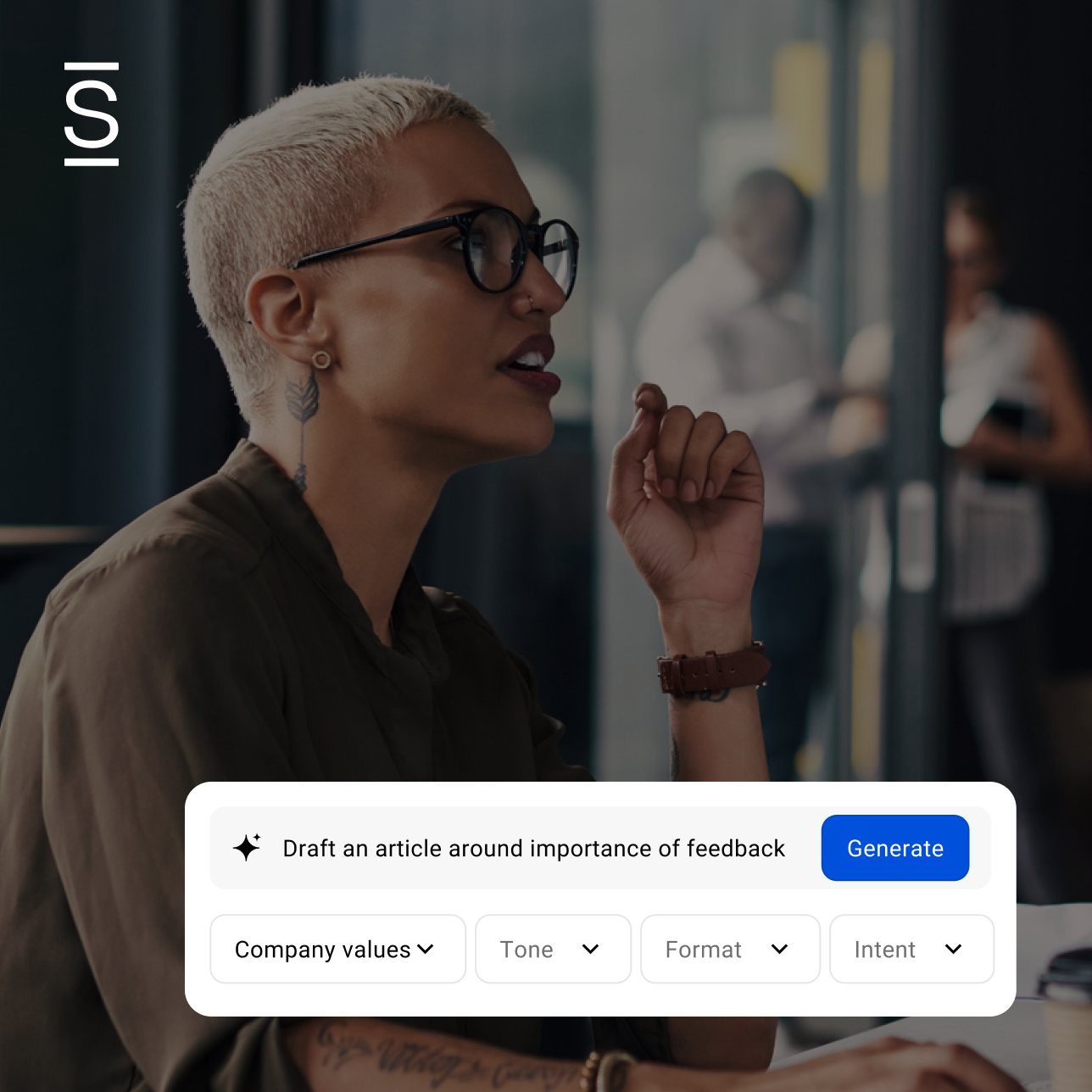A modern intranet is very effective at engaging your employees—if done right.

The state of intranets
According to a recent study, 87% of companies have at least one social function available on the Internet. Studies such as the Social Intranet Study Report (2013) show that the types of social intranet and the functions they support also vary:
- 76% of organizations have instant messaging
- 75% of organizations have blogs
- 70% of organizations have discussion forums
- 67% of organizations have wikis
- 67% of organizations have user commenting
As for the platforms and types of systems used across businesses, here’s what they study reveals about the kinds of solutions companies have been using:
- 44% of organizations use a portal solution
- 24% use a content management system
- 15% use a custom-built solution
- 13% use a hybrid solution
- 4% use a social media platform
It’s pretty clear that a lot of companies prefer web portals that can be accessed from any device with an internet connection and a browser. What’s more, they’ve served up blogs, community boards, discussion forums, wikis and commenting functions to engage their employees.
Doesn’t this mean the executive level gives up control?
Depending on your company goals, you may or may not want to give up control. What’s tricky about Web 2.0 systems is that design and top-driven directives can stifle the system. What social intranets actually need is executive-level support, rather than executive-level design and planning.
But does this mean that there shouldn’t be any executive-level moderation? Absolutely not. The executive management has ownership of the intranet just as much as the employee base—but it’s up to the company culture to decide how successful the social intranet can become.
Company culture is the key to a successful social intranet
What better way to drive users to adopt the internal communications system than to make it a part of company culture? This means that your social intranet should go beyond existing simply as a digital workspace, and instead reflect of the reality you want to see in your company. But how do you do that?
Here are some best practices that experts have applied to their own companies and shared through webinars and innovation summits:
- Design it around your workforce, not around executive policy. Your employees will be the main user base and largest stakeholder for this system, so it’s important that you follow their lead. Some companies customize existing mobile platforms that their workers already use, and add the applications the employees identified in their needs assessment.
- Mobile is essential to any social intranet. The only way you can make your intranet truly social is if you allow your users to access it on mobile devices away from the office. Your company culture is part of your workers’ lives even when they’re away from the office, so it makes sense that they may need to access their files, resources, contacts and even speak with co-workers and managers during off hours.
- Don’t optimize prematurely. If you want the social aspect of your intranet to succeed, let your users tell you what needs to be done with the system so you can ensure that any changes will be welcome.
- Use staff language. You don’t have to develop buzzwords or specific terms for your intranet. Whatever terms your staff is using, that’s the jargon to adopt. This is where your managers come in. If they’ve done their job well, they can easily tell you what language and terms you should use for your intranet.
- Incorporate fun. This is where the social part comes in. Aside from professional communication and relationships, your intranet should foster personal relationships between your staff. Create spaces for people to discuss their families, personal life, events and other hobbies. You should also give them chances to provide validation to each other. Likes, comments, shares and other small online gestures have value to your employees and increase engagement.
- Always give your employees a voice. A feature that lets your employees provide feedback at anytime, anywhere they are will allow for more dynamic relationships and work. Rather than a once-yearly employee review, both managers and employees have a forum for regular communication and evaluation that keeps up with the pace of the digital workplace.
- Managers have wikis, employees have blogs. By designating subject matter experts, your managers can provide standard knowledge through company wikis that can help answer a lot of FAQs. Employee blogs can become a great way for you to engage your staff. Managers, co-workers and even executives can comment, like and share blog posts that they are interested in and even provide feedback through the comments.
You may balk at the idea of creating avenues for your employees to post content not related to their work or position, but open and unstructured company cultures can promote the flow of information and communication in the office.
Keep in mind that your workers are always going to find ways to speak to each other about their personal lives, what they think of their bosses and of the company. Providing them with the right venue and a tool to send their own messages makes them feel part of the company and valued as employees.
What should your social intranet look like?
While good practices can get you on the right track, workforce-driven intranet design can get you your intranet’s ROI. Any expert and CEO who’s had a successful social intranet will tell you: it’s all about the Home Page. Essentially, your home page is going to be the first thing your employees see when they open your intranet. Here’s what your home page should have:
- Video. More and more companies are using short videos to deliver key messages to their constituents. These videos are best delivered right on the home page so that your workers will see the most important announcements.
- Recaps. Not everyone spends all their time on Facebook or your social intranet. This is why you need a quick way for employees to see what they’ve missed. Give them a way to scroll through a summary of the week or the month, based on what they want to see.
- Latest updates. For those looking for the latest news on the company, another short summary of the newest updates on an employee’s chosen feeds should be included. If you allow employees to work on specific projects, you can deliver feeds on the latest file changes, announcements and other important information on each project, team or task set.
- One-action access. Make sure that your staff can access the function they need right from the home page. Don’t be obsessed with optimizing everything at once—what’s important is that it works and people can get to where they need right from the home page.
- App-centered interface. This ties in with the fact that you need a mobile interface if you want your intranet to work. Create an app-like interface for the work functions employees need to access as well as the employee benefits, attendance and any other work-related feature they need to see.
- Project-based spaces. If you have collaborations with suppliers, contacts and clients, giving them their own accounts or access to specific areas may be a good idea. Let them interact on a task basis or project basis with their contacts.
Essentially, your workforce determines just how social your intranet should be. But from the start, it has to be a very social platform if you want it to support an open, accepting and collaborative company culture. Done well, your modern intranet becomes a driver for success, supporting a company culture of collaboration and engagement.
To learn more about what Simpplr can do for you, click here to view our 10-minute on-demand demo.

















